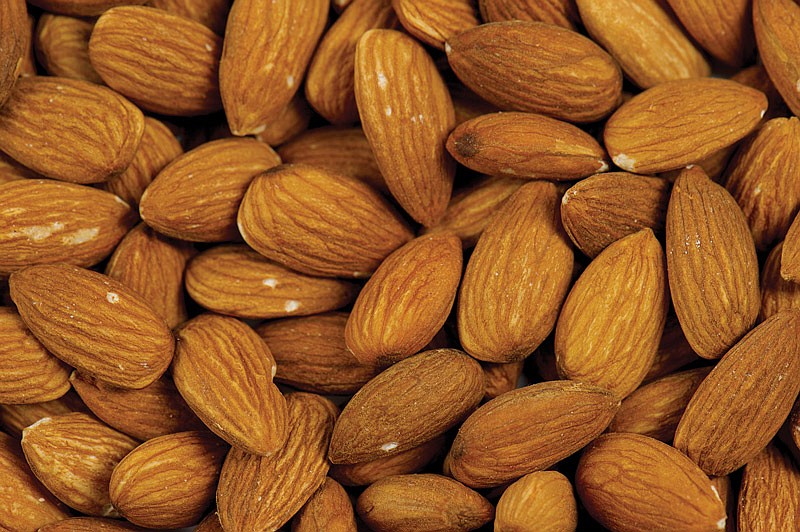Magnesium is a mineral that is naturally abundant in our bodies that plays a key role in maintaining overall health. Blood pressure regulation, bone strength and development, nerve conduction, muscle contraction, and heart rhythm are just a few examples of important body functions affected by magnesium. Deficiencies have been linked to diseases such as osteoporosis, high blood pressure, diabetes and stroke. With all this in mind, who is at risk for low magnesium and how can you make sure you are getting enough?
Experts agree certain populations are more susceptible to magnesium deficiencies. Older adults (55 and older) and those who regularly consume large amounts of alcohol and caffeine may be more at risk. People taking certain medications such as diuretics, heart medicines and birth control pills may also be at risk, as these medications may impair absorption or utilization of the mineral. Similarly, people with GI disorders that cause malabsorption (such as Crohn's or Celiac diseases) may also have impaired magnesium absorption that leads to deficiency.
Even if not in an "at-risk" category, you can't assume you're OK. Most experts agree that the typical American diet is all too often very low in magnesium. One reason leading to this is the amount of convenience/processed foods in our diet that are deficient in magnesium. Some who have studied modern agriculture also believe that magnesium is often depleted from the soil used for vegetable farming. Symptoms of low magnesium may include muscle cramps/spasms, headaches, anxiety, sleep problems and hypertension.
The recommended dietary allowance for magnesium for men 19 and over is 400-420 milligrams and for women is 310-320 milligrams daily. Pregnancy and breastfeeding increase magnesium needs. The best way to get adequate magnesium is to try to eat a variety of high magnesium foods daily. Eat whole foods and avoid convenience and highly processed/refined foods. The best sources are green vegetables (especially green leafy), nuts, dried beans/legumes, whole grains and seafood. For example, a 1-ounce serving of almonds is 20 percent of your daily value of magnesium. There is little risk of getting too much magnesium from foods, but be cautious before adding a magnesium supplement. Discuss it with your physician as there may be potential interactions with other medications, as well as other side effects to be aware of in your individual situation.
____
Healthy Tuna Salad
Makes two servings.
1 (6-ounce) can tuna in water drained
1/3 cup dried cranberries
apple (sweet), cut into -inch pieces
2 tablespoons light mayonnaise
1 green onion, chopped
Sea salt, to taste
Ground black pepper, to taste
4 cups chopped fresh spinach
Mix tuna, cranberries, apple, mayonnaise, green onion, sea salt and pepper in a bowl, and refrigerate for one hour. Put 2 cups spinach on each of two plates. Top spinach with about half of the tuna salad.
Each serving is approximately 190 calories and contains approximately 78 milligrams magnesium.
____
Emily Aughtman is a registered dietitian and certified diabetes educator who has worked at SSM Health-St. Mary's Hospital in Jefferson City for 14 years.


